Hi there, pet lovers! 🐍
Burmese Pythons are among the largest and most awe-inspiring snakes in the world. Their sheer size, striking patterns, and calm demeanor make them a fascinating choice for experienced reptile keepers. However, owning a Burmese Python is not a decision to be taken lightly. These giants require specialized care, ample space, and a long-term commitment. In this comprehensive review, we’ll explore everything you need to know about Burmese Pythons, from their temperament and care requirements to their costs and availability. Whether you’re considering adding one to your collection or simply curious about these magnificent creatures, this guide will help you make an informed decision.
Overview
Burmese Pythons (Python bivittatus) are native to Southeast Asia and are one of the largest snake species in the world. Known for their impressive size, docile nature, and beautiful patterns, they are a popular choice among advanced reptile keepers. However, their care demands significant resources, space, and expertise. Here’s a quick summary of what makes them unique:
- Handling and Temperament: Generally docile but can become challenging to handle as they grow due to their size and strength.
- Care and Maintenance: Requires a large, custom-built enclosure, precise temperature and humidity control, and a diet of large prey.
- Health and Durability: Hardy when cared for properly but prone to respiratory infections and obesity if conditions are not ideal.
- Availability: Widely available in the pet trade, but ownership is restricted in some areas due to their invasive potential.
- Cost: Affordable to purchase initially, but setup and ongoing costs can be substantial.
Overall: Burmese Pythons are a rewarding pet for experienced reptile keepers who have the space, resources, and dedication to meet their needs.
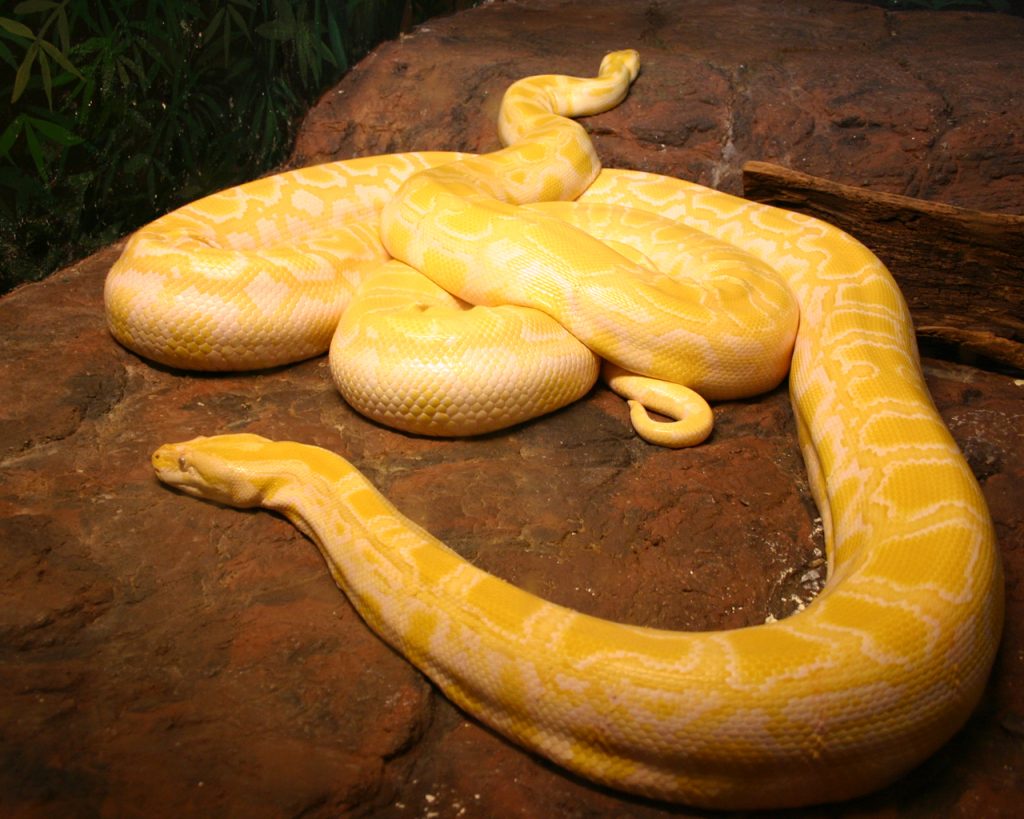
Why Choose a Burmese Python?
Burmese Pythons are ideal for those seeking a truly impressive and interactive reptile. Their calm temperament, striking appearance, and long lifespan (20-25 years) make them a captivating companion. However, they are not suitable for beginners or those with limited space. Their massive size and specialized care requirements make them a long-term commitment that should only be undertaken by experienced keepers.
Handling and Temperament
Burmese Pythons are known for their generally docile and calm nature, especially when handled regularly from a young age. However, their temperament can vary, and their immense size makes handling a unique challenge.
Personality Variations
- Juvenile Burmese Pythons are often curious and easy to handle, making them a joy to interact with.
- As they grow, their size and strength can make handling more complex, requiring at least two people for safety.
- While they are not aggressive, they can become defensive if they feel threatened or mistake your hand for food during feeding.
Handling Tips
- Gentle Approach: Always handle them calmly and confidently to avoid stressing the snake.
- Safety First: Have a second person present when handling adults, as their strength can be overwhelming.
- Tail Awareness: Be mindful of their tails, as they can use them to grip and stabilize themselves during handling.
Biting and Defensive Behavior
Burmese Pythons rarely bite, but when they do, it’s usually a feeding response rather than aggression. Their bites can be serious due to their size, so proper handling techniques are essential.
Care and Maintenance
Caring for a Burmese Python is a significant commitment that requires careful planning and attention to detail. Their size and specific needs make them more demanding than smaller snake species.
Enclosure Setup
- Size: Adults need a custom-built enclosure measuring at least 8-10 feet long and 4-6 feet wide.
- Climbing Space: While they are primarily ground-dwellers, they will appreciate some vertical space for climbing.
- Substrate: Use coconut fiber, cypress mulch, or paper towels. Avoid loose substrates that could cause impaction.
- Hiding Spots: Provide multiple hiding spots to help them feel secure.
Humidity and Temperature
- Humidity: Maintain humidity levels between 50-70%. Regular misting and a large water bowl are essential.
- Temperature: Provide a basking spot of 88-92°F (31-33°C) and a cooler side at 78-82°F (25-28°C).
Feeding
- Diet: Hatchlings start on mice or rats, but adults require larger prey like rabbits or guinea pigs.
- Feeding Schedule: Feed juveniles weekly and adults every 2-4 weeks, depending on their size and metabolism.
- Supplements: A balanced diet of appropriately sized prey usually provides all necessary nutrients.
Lighting
Burmese Pythons do not require UVB lighting if their diet is properly supplemented, but low-level UVB can benefit their overall health.
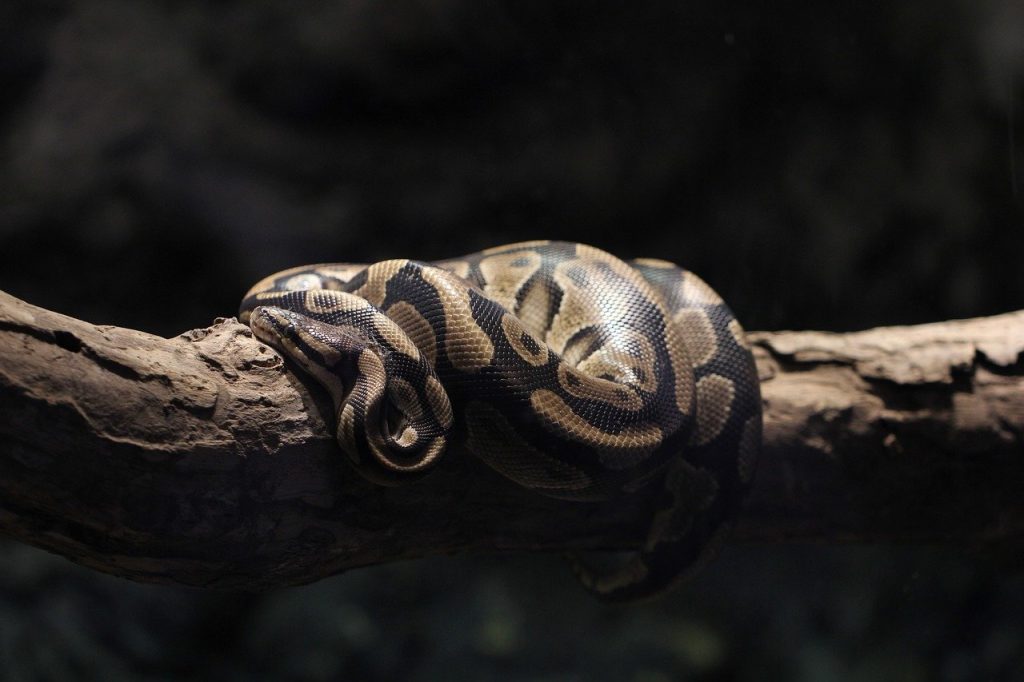
Health and Durability
Burmese Pythons are hardy reptiles when provided with proper care, but they are not immune to health issues.
Common Health Issues
- Respiratory Infections: Often caused by incorrect humidity or temperature levels.
- Obesity: Overfeeding or lack of exercise can lead to weight-related health problems.
- Retained Shed: Inadequate humidity can cause shedding issues, particularly around the eyes and tail.
Preventative Care
- Maintain proper humidity and temperature levels.
- Provide a clean and spacious enclosure.
- Schedule regular check-ups with a reptile-savvy veterinarian.
With proper care, Burmese Pythons can live 20-25 years, making them a long-term commitment.
Availability and Cost
Burmese Pythons are widely available in the pet trade, but their ownership is restricted in some areas due to their invasive potential.
Where to Buy
- Breeders: The best option, as they can provide healthy, well-cared-for snakes.
- Reptile Expos: A great place to meet breeders and see a variety of morphs.
- Pet Stores: Less ideal, but some stores carry Burmese Pythons.
Cost
- Initial Purchase: $100 to $200 for standard morphs, with rare morphs costing significantly more.
- Setup Costs: A custom-built enclosure, heating equipment, and other supplies can cost several hundred dollars.
- Ongoing Costs: Feeding large prey and maintaining their enclosure can add up over time.
Pros and Cons
Pros
- Impressive size and striking appearance.
- Generally docile and easy to handle when young.
- Long lifespan (20-25 years).
- Wide variety of color morphs available.
Cons
- Requires a large, custom-built enclosure.
- Feeding and maintenance costs can be high.
- Handling adults can be challenging and potentially dangerous.
- Ownership is restricted in some areas.
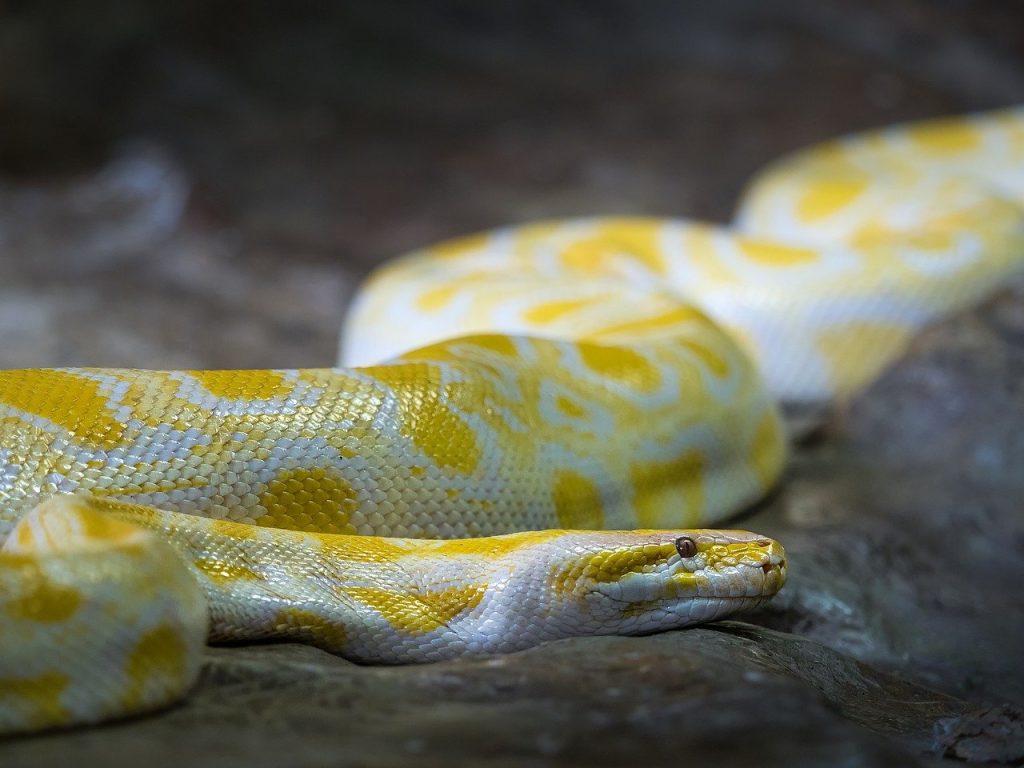
Final Thoughts
Burmese Pythons are undeniably magnificent reptiles that can make a rewarding pet for experienced keepers. However, their size, specialized care requirements, and long lifespan make them unsuitable for beginners or those with limited resources. If you’re prepared for the commitment and have the space and expertise to care for a giant snake, a Burmese Python can be a truly captivating companion.
For those considering a Burmese Python, we highly recommend visiting a breeder or expo to see these incredible snakes in person. Their beauty and presence are truly something to behold.
Have you owned a Burmese Python? Share your experiences and tips in the comments below! We’d love to hear how you care for your python and what makes them special to you.
For more reptile care tips and reviews, stay tuned to our blog and don’t forget to subscribe to our newsletter! 🐍



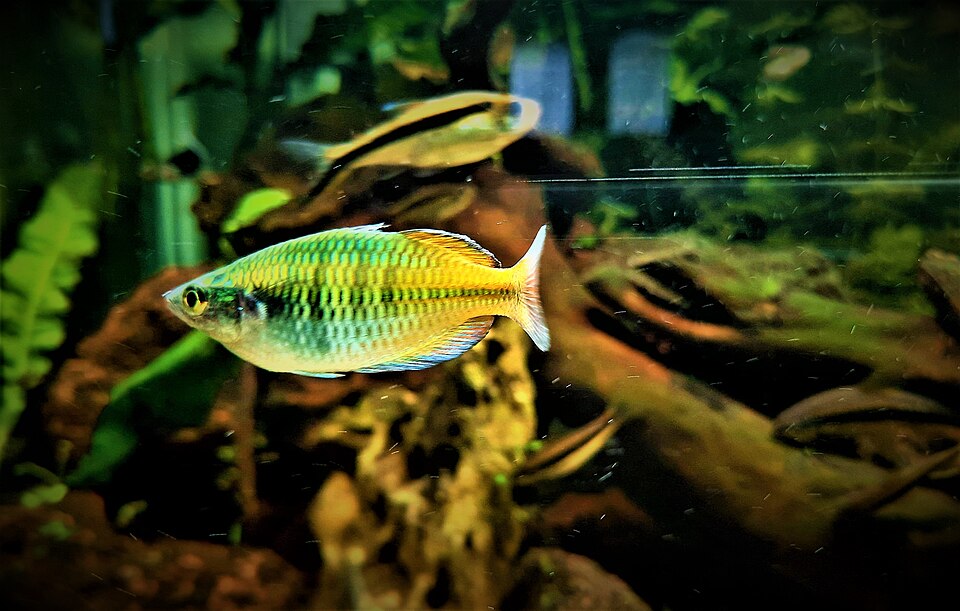
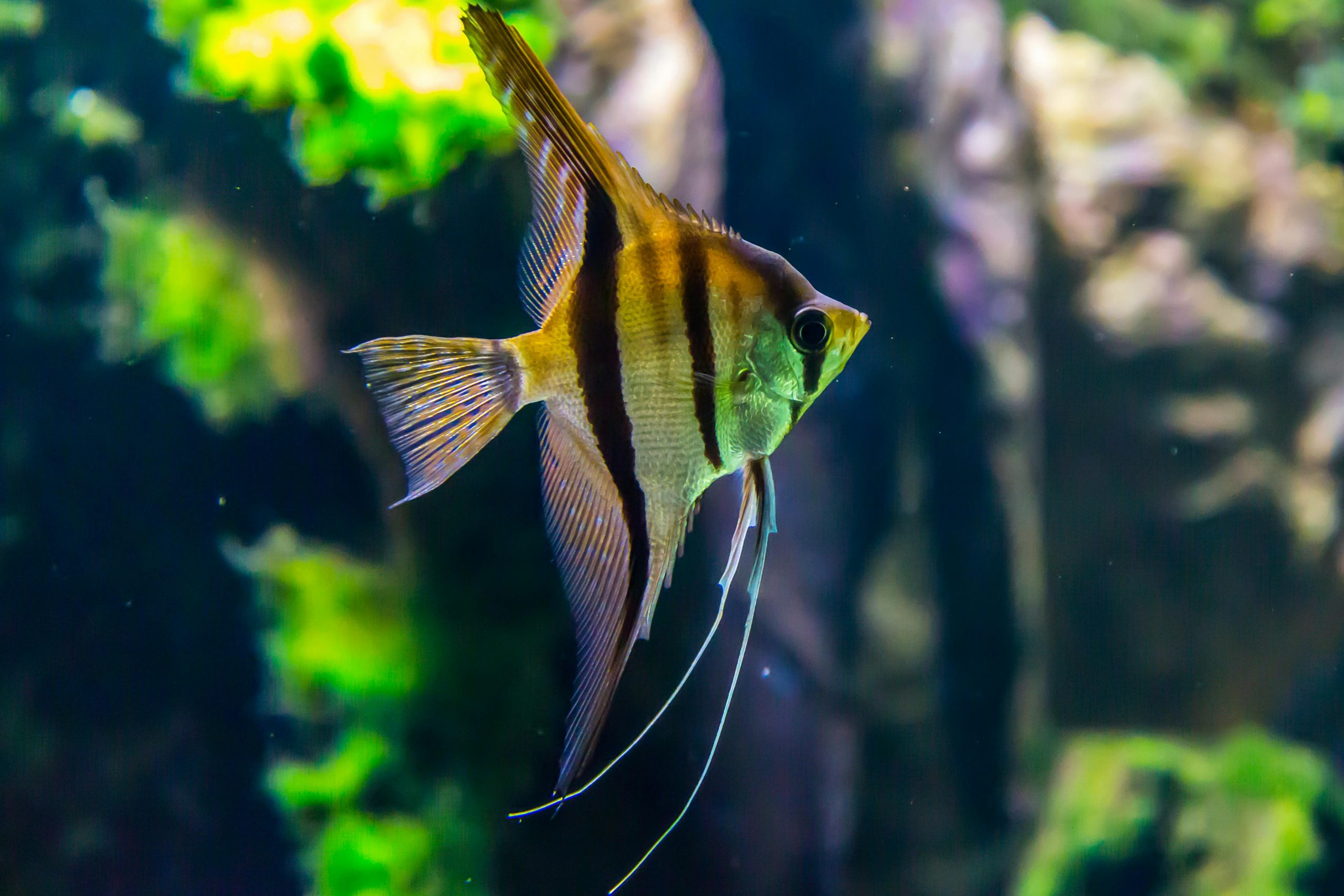
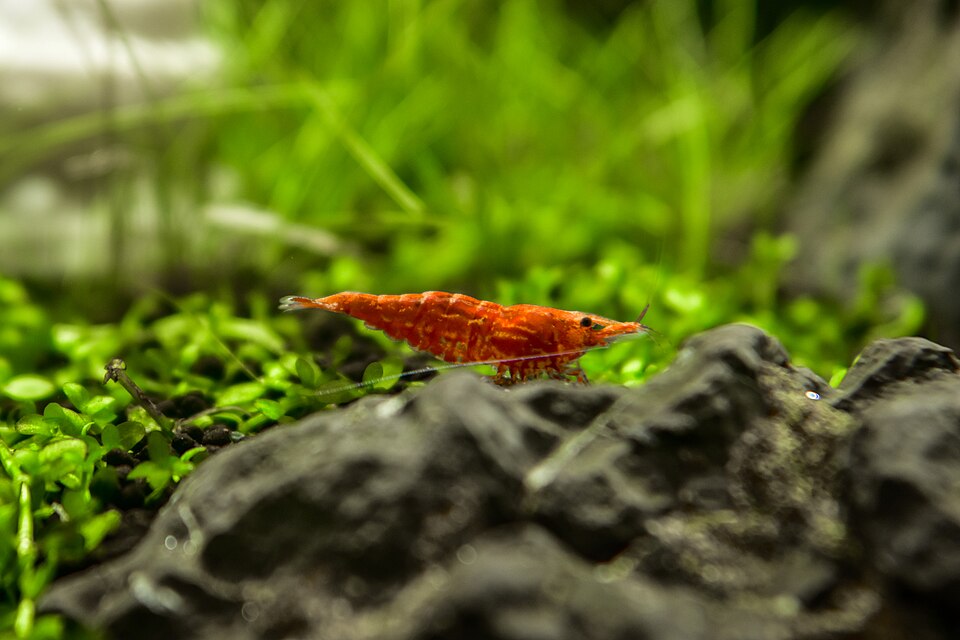

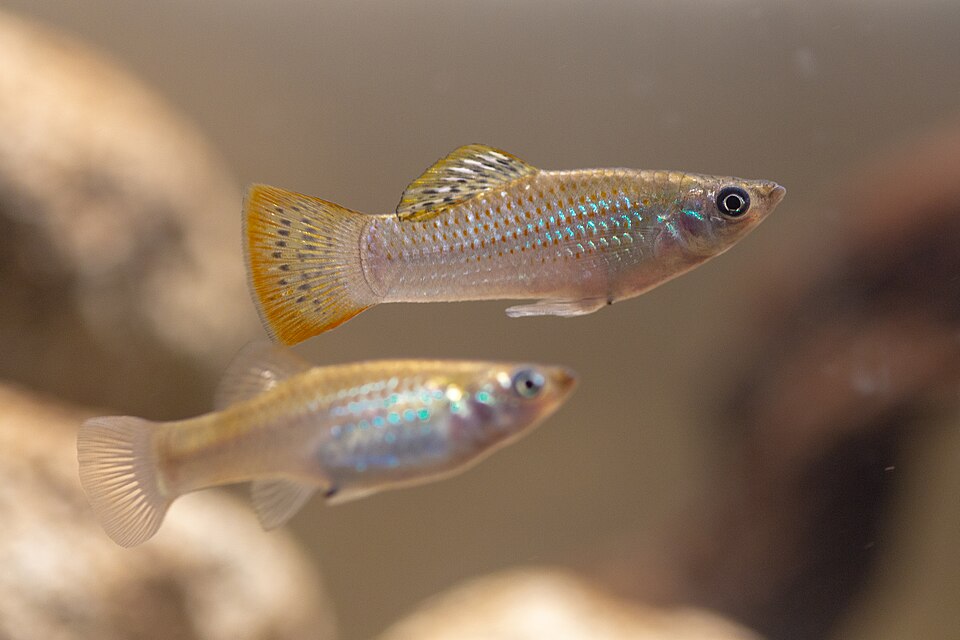
Leave a Reply